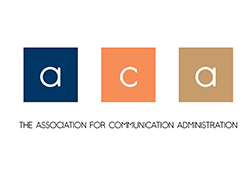Abstract
This article examines a multi-disciplinary approach to cultural learning through cable television. In the U.S., television current affairs programming is now being used in place of conventional textbooks in those subject areas dealing with rapidly unfolding world developments, such as history and political science. While it may take years to revise a traditional textbook, college educators are relying on the quickness of television--as well as print mass media--to help their students comprehend dynamic global events. In 1989, recognizing their own potential as an educational resource, major cable companies and programmers created Cable in the Classroom to help K-to-12th grade educators integrate educational programming into their curricula. Members set aside special blocks of air time for educational programs that have no commercial interruption and no copyright restrictions except a time limit on use of video copies.
Recommended Citation
Dillon, J. F., & Crifasi, S. C. (1993). A multi-disciplinary approach to cultural learning through cable television. Journal of the Association for Communication Administration, 22(1), 50–58.


